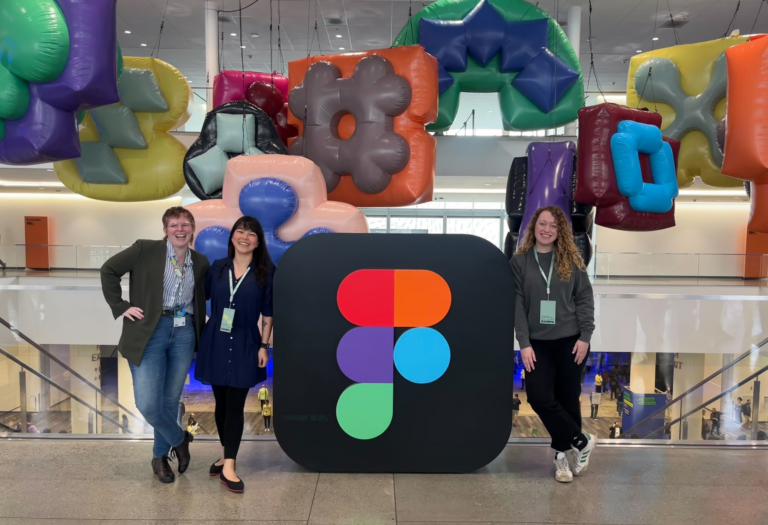Restaurants & Tech: Test it First

Where are the chalkboards? Remember those black slates where restaurateurs scribbled daily specials? In addition to whiteboards, we actually still use chalkboards at Think Brownstone to sketch and share timely information—but interestingly, more and more restaurants are forgoing paper and boards and using tablets for their menus and wine lists.
I was handed a tablet while dining at a restaurant recently. “Tap the edge of this page to switch screens. [pause] Oops,” the waiter said, “it went to the logo page. Just tap here to go back to the menu.” It was the first menu I’ve seen that required the waiter to give instructions.
“Thanks. How about the wine list?” I asked.
“Oh, that’s on a different tablet. Hold on while I get it.”
On a different tablet? We can forgo the cheeky/obvious metaphors here and just say: why use technology unless it improves the user experience?

As a foodie and wine lover, I would love a tablet to suggest wines in my price range that pair well with my tastes or specific menu items to my liking. Who needs a sommelier when I can have tasting notes and Robert Parker’s ratings at my fingertips? Even more, give me the calories, diet restrictions and the most popular items ordered plus a quick and non-invasive way to capture ratings. Better yet, let me send my orders straight to the bartender or kitchen so I don’t have to wait for the waiter to come back to my table. Wouldn’t it be cool to send a quick note to the runner for more salad dressing or water?
Some innovative restaurants are getting there – letting tablets practically replace the wait staff (other than to answer questions, but isn’t that’s what Google is for?). At Jade Eatery and Lounge in NY, customers use iPads to place orders, tally their bill and swipe credit card payments. As a result, this restaurant is improving the time for turning tables as well as improving customer satisfaction by giving diners more control over their experience and valuable time.
Similarly, I have to admit that I love designing my own sandwich, picking ingredients, and submitting my order on Wawa’s touch screen system. It’s fast and efficient to say the least—it just needs to take my credit card so I never have to wait in line.
Most of us at Think Brownstone still find ourselves starting the design process on dry-erase whiteboards and black chalkboards rather than using our fancy 60” interactive touch screen monitor or SketchBookPro on the iPad, though we eventually migrate there. No doubt, technology does make our lives more productive, but when it’s more about glitz than value and utility, sometimes the low-tech solution is still the best.



